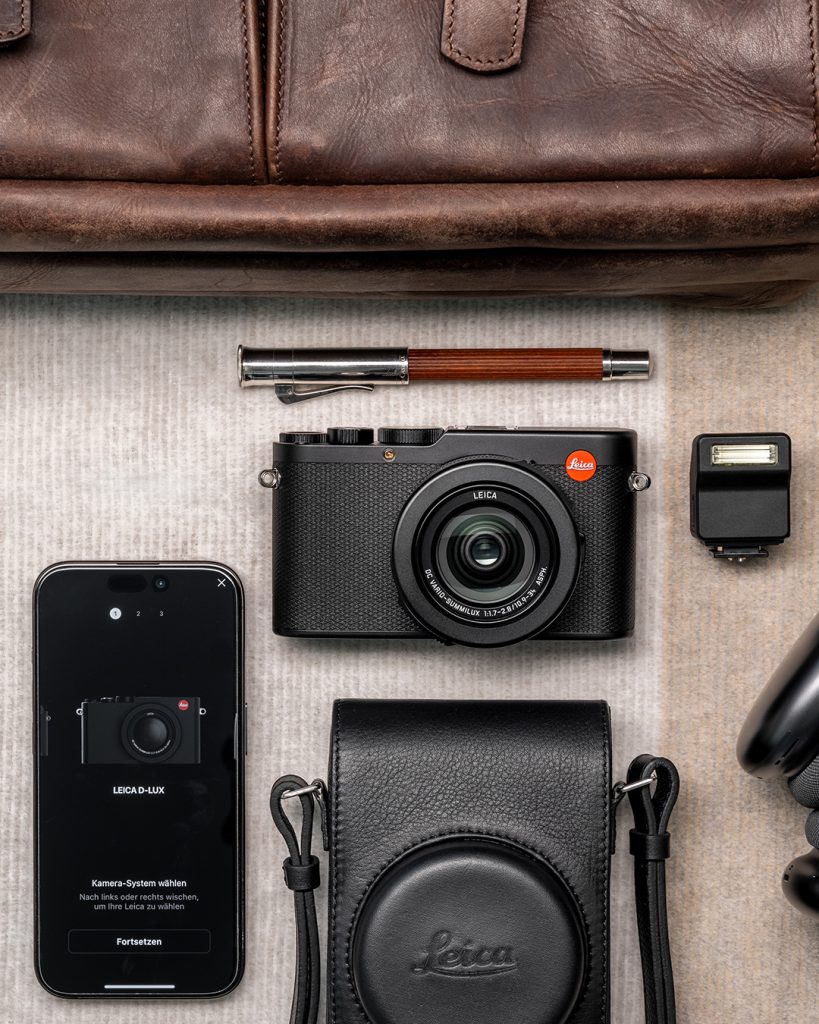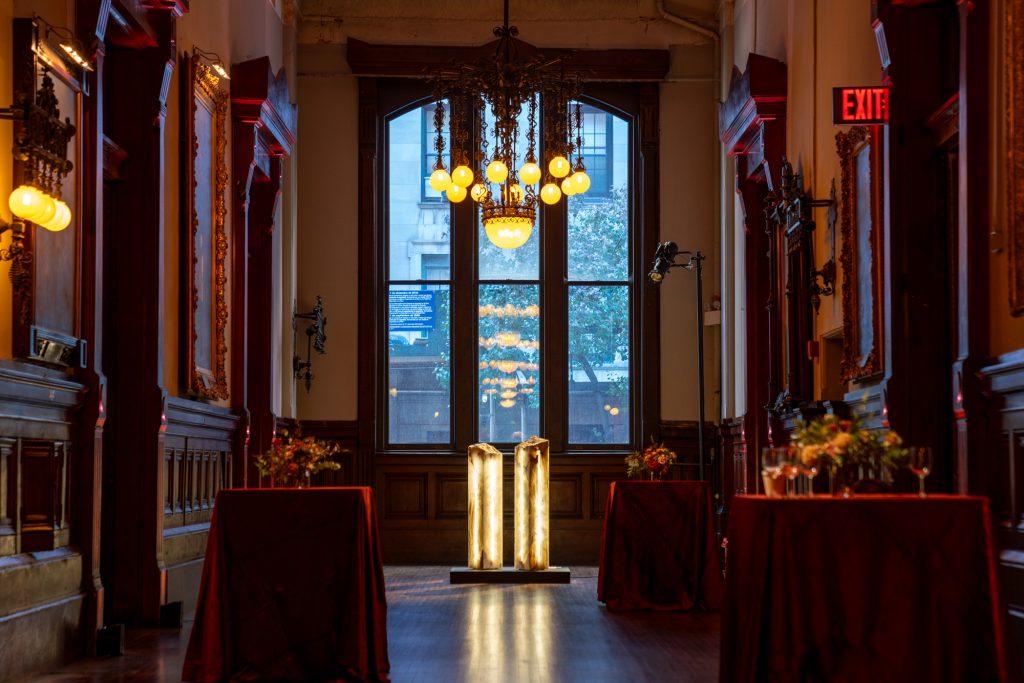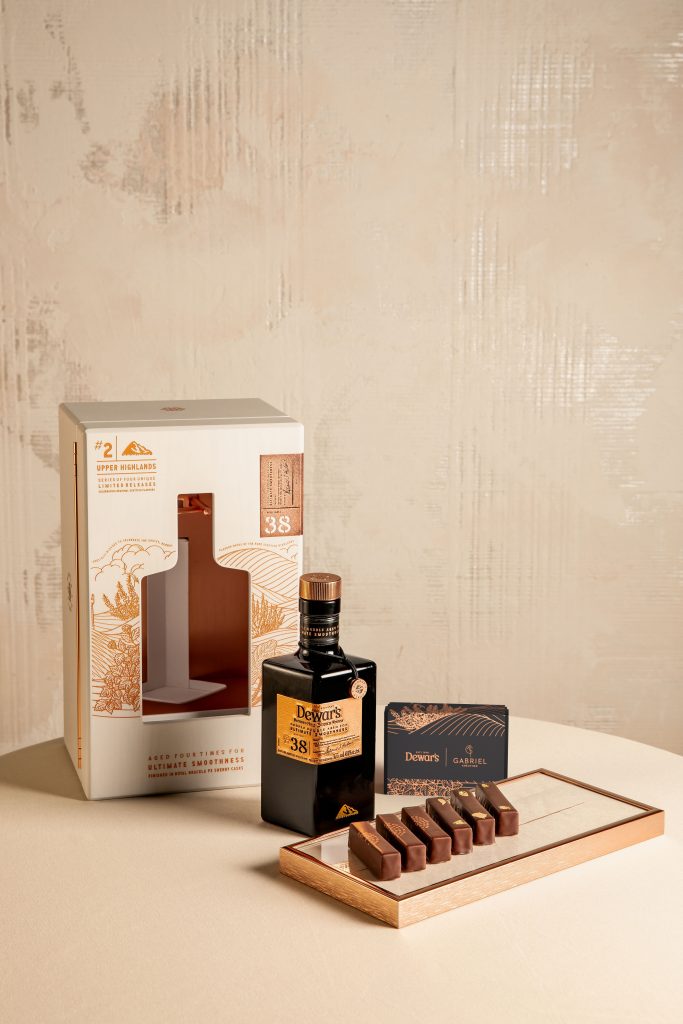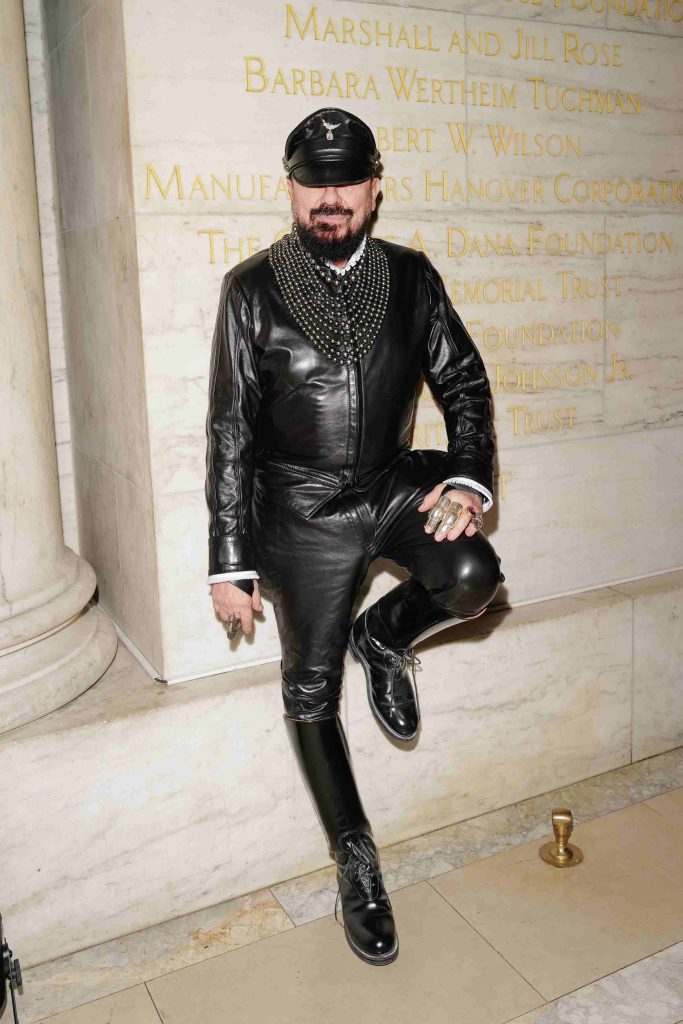Apple’s Alan Dye and Craig Federighi on Dynamic Island
Digging into our favorite feature of the new iPhone 14 Pro

Looking at Apple’s new iPhone 14 generation of devices side by side with the iPhones 12 and 13, snap critics will say there’s not much new about them. While the form factor is essentially the same, there are some serious innovations impossible to miss once you look under the hood. Among the new features, Dynamic Island—an upgrade of the previous phones’ “notch”—is the magic we count on from Apple. We’ve been testing the iPhone 14 Pro models for a couple weeks now and are enamored with this feature. The upgraded camera system, alway-on lock screen, updated material treatments and new emergency features round out the reasons why the 14 Pro is a significant upgrade.
https://www.youtube.com/watch?v=WuEH265pUy4
Dynamic Island is Apple’s new approach to show status, alerts and other temporal indicators in iOS 16. It sits at the top of the screen where traditional status bars might live but it changes size and shape based on what it needs to communicate. You can tap on elements in Dynamic Island to open up controls (a music player, for example) or jump to corresponding apps. While this is all pretty clear and simple, the genius lies in the fact that Dynamic Island is built around the front-facing camera and sensors which can not be obscured. The iPhone OLED screen’s ability to achieve true black means that Apple designers were able to hide these dark sensor cut outs within a rendered black field, blurring the line between sensor and screen, hardware and software and in turn birthing the opportunity to create a fluid, multifunctional space—Dynamic Island. If the previous iPhones’ notch was lemons, the iPhone 14 Pro’s Dynamic Island is clearly lemonade.

We spoke recently with Alan Dye, VP of Human Interface Design, and Craig Federighi, SVP of Software Engineering, about Dynamic Island and learned the backstory of its inception. Dye shares a bit about how it all came together starting with the notion of the status bar. “Even though it’s tiny, it’s really prime real estate and if you tracked how often you look up there for the time or battery percentage or connectivity, I think it’d be a lot. But we also use it for multitasking. So we’ve been after this idea for a while around, how do we surface some of those background activities.”
On the hardware side the front-facing camera and depth sensor need less space on the new devices which led the team to rethink the form that they occupy. “We started to think if we could bring that notch into an island shape, what would that allow for us to do from an experience perspective?” Dye says. “And I think it’s when we started to play with this notion of expanding this island, playing with your perception of hardware and software and creating this really clear indication of what’s happening across the system, that was really the a-ha moment for us.” From there Dye and the team realized they were “on to something really quite compelling that is high-utility, but hopefully also an experience that feels really alive and delightful.” Digging into the geography of the island, we wanted to find the real lines between the sensor cutouts and OLED screen. To do so required a very close look under very bright light because otherwise the boundary is truly indiscernible.
Once realizing that the island didn’t need to be a fixed size the next level was to define how much space it could take. “One really interesting moment that changed the trajectory of the program was we initially had been just thinking about extending the island east and west, if that makes sense. But then we said, a lot of these notifications are quick, you know, like Face ID for example—that’s not lingering on your screen. So we started to play with scale, and that unlocked a lot for us.” And if the shape is going to move, of course there’s nuance to that animation and an “opportunity to bring in even more personality,” Dye shares.
Federighi explains the precedent for Dynamic Island’s animation, that it’s “going back to that work on iPhone 10 toward fluid interactions with an animation system that felt very physical and very direct. I think that started to build the vocabulary that opened the door to some of the animations that now have been taken to another level with Dynamic Island.” Our impression of those animations is that their speed, fluidity and bounce command just enough attention to ensure they’re seen yet also drop a spark of joy without being too cutesy.
Even though Dynamic Island is mostly seen while using the phone, it does play a role in the iPhone 14 Pro’s new resting state: the always-on lock screen. “We also knew we wanted to build an always-on display and that in that world the lock screen became an even more important part of the identity of your device,” Federighi shares while talking about the new lock screen customization and control options in iOS 16. “We built live activities with a mind toward how they would play in Dynamic Island, how they were one of the kinds of multitasking or background things that you’d want to be ambiently aware of as you use your phone.” The always-on lock screen is another feature of the new phone we’ve quickly come to enjoy. And for moments of focus, it’s very easy to turn it off. Or just turn over the phone.
“If Siri had a home would they live on Dynamic Island?” we ask in jest at the end of the conversation. “Siri might very well live in Dynamic Island, who’s to say?” Federighi answers. “I mean, Siri is a very ethereal being. So whether Siri lives anywhere in the physical realm is TBD. But if Siri does live somewhere Dynamic Island would be my best bet.”
Images and videos courtesy of Apple












